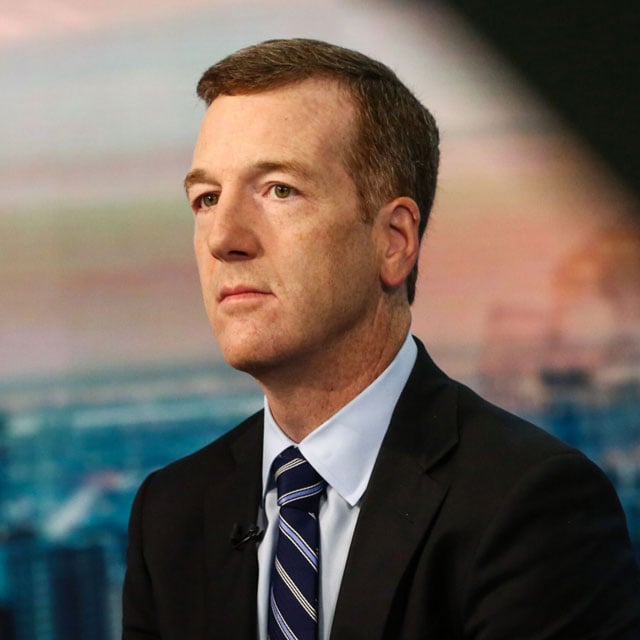Morgan Stanley's Wilson Sees Few Signs of Bear Market in Stocks

What You Need to Know
The strategist, who correctly predicted the recent downdraft in U.S. stocks back in July, says a major collapse is unlikely.
Wilson continues to urge investors to stay away from small caps, crediting a recent rally to traders covering short positions.
He sees opportunities in individual stocks rather than the broader indexes as most investors continue to ride momentum in tech stocks.
Chances of a full-fledged stock market rout are low, even though poor seasonality and a murky growth outlook are likely to limit U.S. equity gains through the rest of the quarter, according to Morgan Stanley’s Mike Wilson.
The strategist, who correctly predicted the recent downdraft in U.S. stocks back in July, says a major collapse is unlikely with traders still on edge following last week’s selloff. The nuanced view is a contrast from the bold, bearish calls that made Wilson famous in recent years. But he still sees little room for upside in the S&P 500 Index, projecting the benchmark will scuffle in a range between 5,000 to 5,400 — which at the lower end is down about 7% from Tuesday’s levels, and at the upper end is roughly flat.
“I find it hard to believe we’re going to break out back toward the highs,” he said Tuesday in an interview with Bloomberg Television. “I also don’t think we’re going to completely break down in a way that would argue that we’re entering a new bear market.”
Slowing growth, overly optimistic earnings expectations and a Federal Reserve that’s “reluctant to be proactive” in cutting interest rates create a challenging backdrop for further gains with the S&P 500 already up more than 13% this year, according to Wilson. He sees opportunities in individual stocks rather than the broader indexes, and he doubled down on his recommendation to buy so-called defensive shares, an out-of-consensus call as most investors continue to ride the momentum trade of technology high flyers.
“It’s very hard for me to get excited about the index, which is why we’re very focused at the stock level and at the sector level to try to make money,” Wilson said, citing high valuations.
In the past month, U.S. equities have suffered from worries that the Fed isn’t cutting interest rates quickly enough, stoking fears it could tip the U.S. economy into a sharp slowdown. Last week, the S&P 500 logged both its best and worst days since 2022 before ultimately ending flat over the five sessions.
On July 9, Wilson called a 10% correction “highly likely.” A week later, on July 16, the S&P 500 hit a new high and proceeded to lose 8.5% before hitting its near-term low on Aug. 5. It has regained more than 4% since then.




